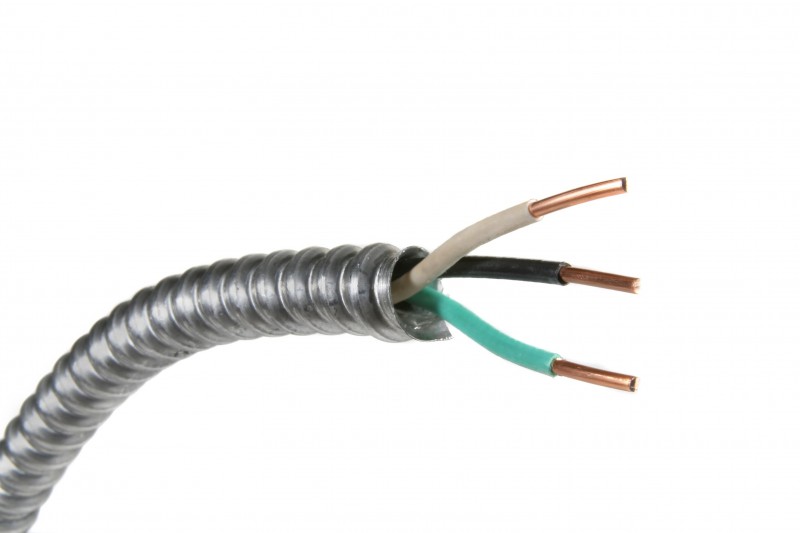Our next piece in the Ask Our Experts series from NFPA Chapter 12: Circuits and Pathways, we will be covering shared pathways. We have previously covered classifying the levels of protection for the connections between life safety system components and their control panels and pathway survivability based upon level of protection. So if you missed those two, it might be worth taking a quick look.
Shared pathways are conduits, junctions, chase-ways, and other enclosures that may include any wiring in addition to the fire alarm wiring. This is an aspect encountered more often in retro-fit type installations, where there are limited pathways for fire alarm circuits to be run through. In some cases an adjacent conductor from another type of system could cause interference with the fire alarm wiring, which needs to be fully capable of functioning at all times.
In some circumstances, when interfacing with control equipment via module, or relay, it can be necessary to have power limited, and non-power limited wiring in the same pathway. This is addressed typically with the use of barriers, and in some cases, shielding methods can be used. There are four designation levels of shared pathways to consider, depending upon the performance and intended use of the wiring.
Shared Pathways Level 0 – Level 0 shared pathways are not required to segregate or prioritize life safety data from non-life safety data.
Shared Pathways Level 1 – Level 1 shared pathways are not required to segregate life safety data from non-life safety data, but must prioritize all life safety date over non-life safety data.
Shared Pathways Level 2 – Level 2 shared pathways are required to segregate life safety data from non-life safety data.
Shared Pathways Level 3 – Level 3 shared pathways are not required to use equipment that is dedicated to the life safety system.
It is important to ensure that only the appropriate conductors share pathways with fire alarm circuits, always following NFPA 70 & 72’s requirements for separation, shielding, and grounding when needed. The convenience of running fire alarm circuits through pathways when their intended use is for other system’s conductors should be avoided whenever possible.
As noted in our previous posts, when considering the designations of shared pathway levels as acceptable in a new install, or retro-fit, it is critical your fire alarm system is designed to survive the worst case scenario. This is when alerting occupants is most important, so everyone can get out safely. Cutting corners may save a little bit of time and money upfront, but could cause an easily avoidable system failure, costing lives in the end.
Since making sure that everyone is able to get out of a burning building safely is always the primary function of a life safety system, it is critical to choose the highest level of appropriate protection for your building’s occupancy and use. By following the guidelines in NFPA 72: Chapter 12 your fire alarm system will stand the best chance in doing its job, especially under the worst of conditions.



Leave A Comment